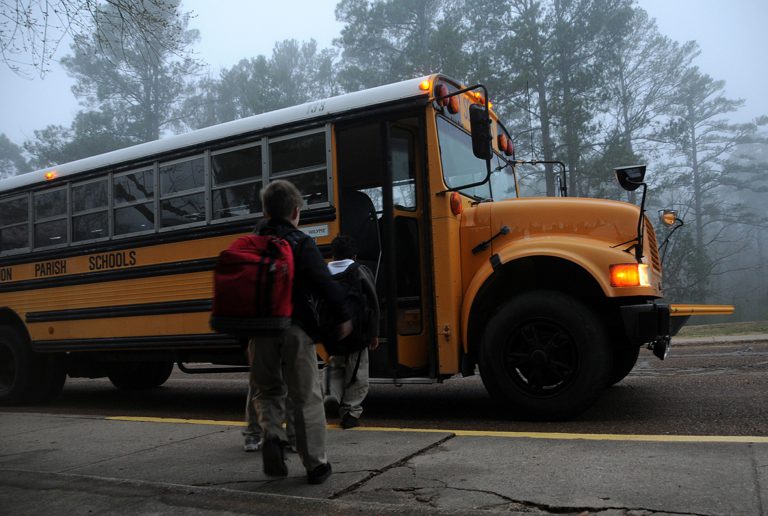
New research from Durham University has found that state school students lag two years behind their private school counterparts by the time they reach 16.
In the first study of its kind, university scientists compared the performance of both state and private school students at the primary and GCSE level. Researchers used data from the Performance Indicators in Primary Schools (PIPs) assessments and GCSE grades.
Scientists found that the average independently educated student acquired a premium of 0.64 of a grade on their GCSE results when compared those of their state educated peers, which previous data has shown is the equivalent of two years of education.
Even with the students’ social setting and prior academic achievements taken into account, researchers found that results remained the same.
The study showed that private schools have higher average scores across the entire curriculum, with the greatest difference between the sectors found in French, history and geography.
The smallest differences were found in the more science-based subjects such as chemistry, physics and biology.
These findings come just three weeks after Ralph Lucas, chief editor of The Good Schools Guide in the UK, told TES that advancements in the way that state schools are run could threaten the reputation of the sectors best private schools.
The study, conducted by Durham’s Centre for Evaluation and Monitoring, took differences such as prior attainment, socioeconomic status and gender into account to enable them to form an accurate picture of the “academic value added” by a private school education, but their inability to control certain factors- such as postcode-based deprivation data, among many others – mean that if anything, the independent school effect reported by the data may be an “overestimate”.
However, the report notes: “Although there might be factors which we have not controlled for, the evidence from this study suggests that similar students achieve more in independent schools than in state schools when cross-sector differences are controlled [for pupil background and prior attainment].”
Polls shows state school students are more pessimistic about their futures than private school students. #Bromsgrove https://t.co/1CT79M1fLl
— BromsgroveAdvertiser (@Brom_Advertiser) 8 February 2016
A contributor to the study, Professor Robert Coe, said: “The availability of multiple assessments of children’s learning from large numbers of both independent and state schools over many years gives CEM a unique opportunity to compare the outcomes for children in the two sectors.
“It is always difficult to unpick the causes of any differences, and we think it is unlikely to be purely an effect of better teaching in independent schools, but we find a clear and significant difference in the GCSEs achieved that is not explained by any of the factors we can account for.”
Additional reporting by TES.







